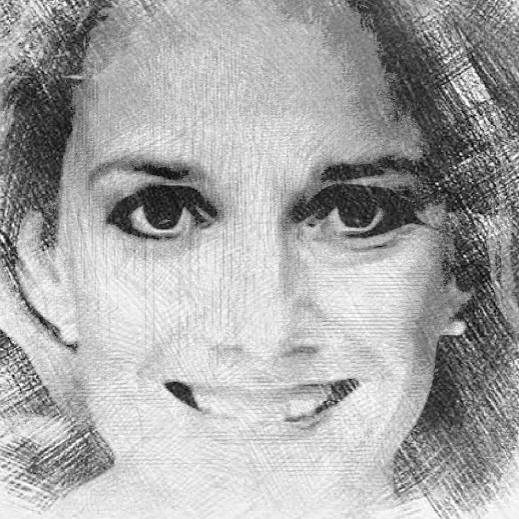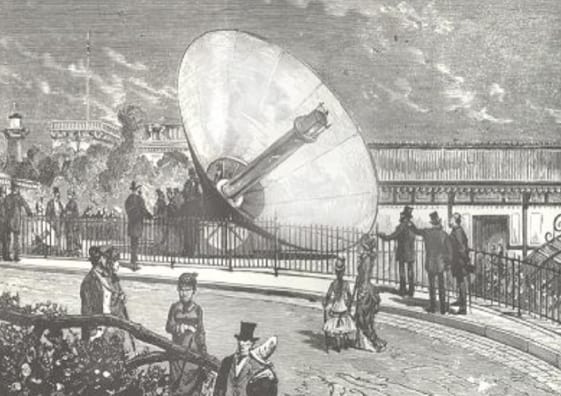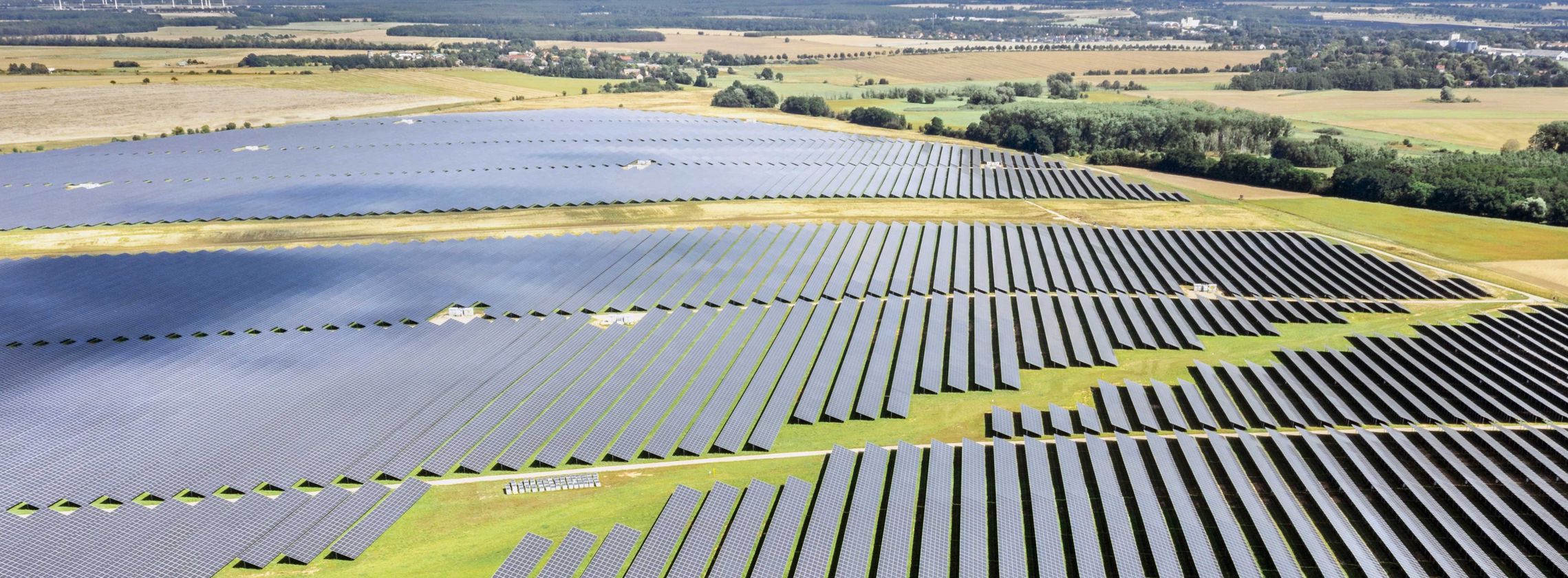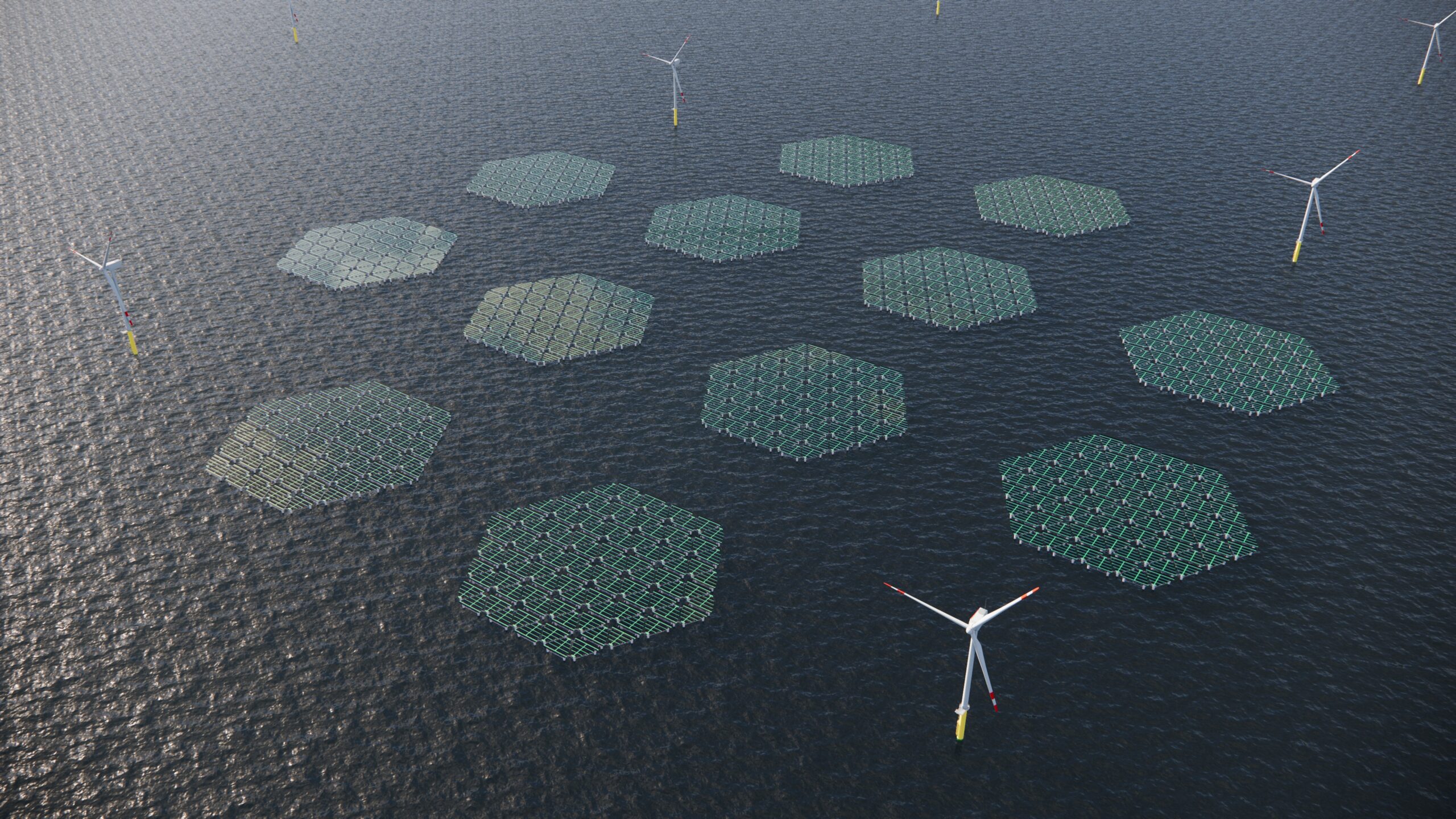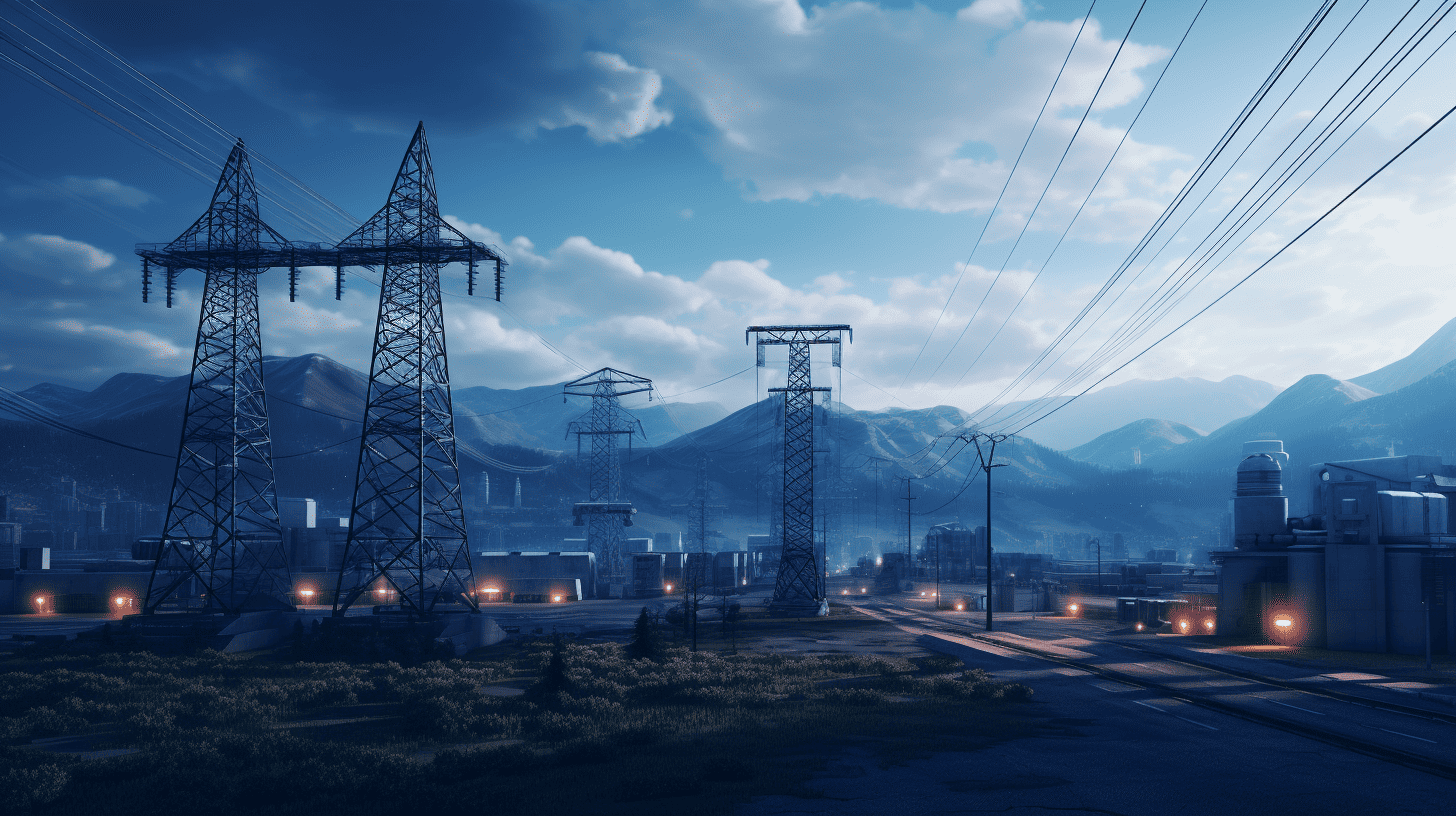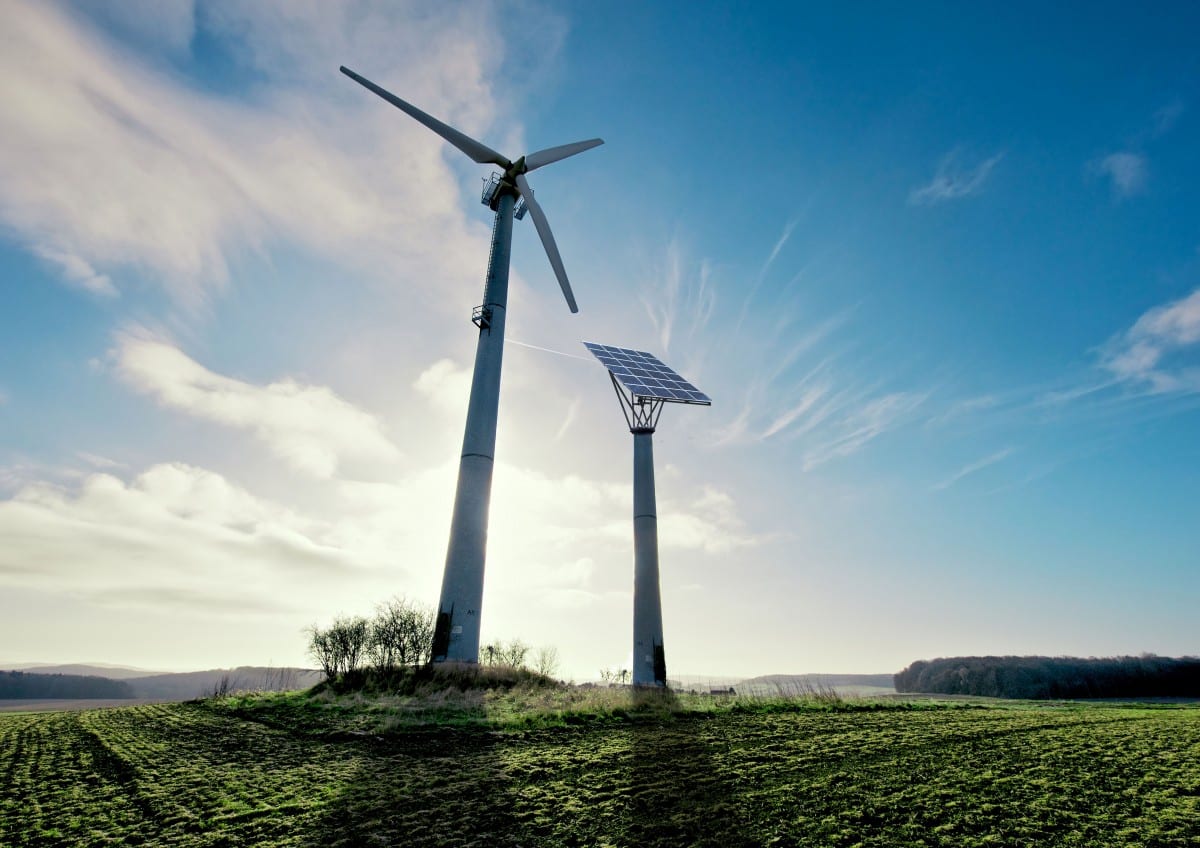
In the year 2050, 80% of the electricity is to come from renewable energy sources. Sun, wind and biomass are the most important energy sources. But they are not available evenly. On windy and sunny days, more electricity is produced than can be fed into the grids. This fluctuating availability is one of the greatest challenges in the context of the energy revolution. However, overproduction from wind power and photovoltaic (solar) plants can be chemically stored in energy carriers such as hydrogen or hydrocarbons. In this way, electrical energy could be made available again at a later point in time. Catalysts, electrochemical cells and reactors are needed to convert the energy sources into storage molecules such as methane, hydrocarbons or alcohols. These would have to be used in dynamic reaction conditions. How the influence of changing external conditions – i.e. the fluctuation of wind force and solar radiation – affects the catalytic reaction systems has hardly been considered so far. Until now, the chemical reactors have mostly been operated as stationary reactors.
“It is known, however, that the structure of solid catalysts and thus their catalytic effect can change greatly with the reaction conditions. This is scientifically highly exciting,” explains Professor Jan-Dierk Grunwaldt of the Institutes of Technical Chemistry and Polymer Chemistry (ITCP) and of Catalysis Research and Technology (IKFT) at the Karlsruhe Institute of Technology (KIT).
Renowned research institutions from all over Germany
With the name “Priority Programme 2080 – Catalysts and Reactors under Dynamic Operating Conditions for Energy Storage and Conversion (SPP 2080, DynaKat)”, the nationwide, interdisciplinary research programme of German Research Foundation (DFG) was launched in February 2019. The DFG will initially fund the DynaKat priority programme for a total of six years with 8.5 million euros for three years.
“Research cannot progress without networks and teamwork because the individual sub-disciplines are very complex.”
Coordination is the responsibility of the Karlsruhe Institute of Technology (KIT) as the strongest partner in the project. In addition, numerous other renowned research institutions throughout Germany are involved. These include the Research Centre Jülich, the TU Munich and several Max Planck Institutes such as the Berlin Fritz Haber Institute. A total of twelve large research consortia are investigating fundamental and methodological challenges of dynamic operation in interdisciplinary alliances. The supraregional research projects are subdivided into 34 subprojects.
Understanding and improving dynamic conditions
The rapid development of spectroscopic methods and modelling combined with new approaches in material and reactor design provide excellent conditions for research. Recent investigations have also shown that the structure of solid catalysts – and thus also the catalytic effect with the reaction conditions – can change considerably. On the one hand, there is the potential to increase the yield of the desired reaction products through a dynamic operation and to reactivate catalysts in rest phases. On the other hand, the nanostructured catalysts must be stabilized. Efficient utilization of dynamic reaction conditions, therefore, requires a fundamental understanding of all processes involved – from the atomic scale of the catalyst to three-dimensional concentration and temperature distributions in the technical reactor.
“We want to fundamentally understand and improve changes in the material of the catalysts under dynamic conditions,” describes Dr. Erisa Saraçi, scientific assistant at IKFT the project. All processes involved are investigated, from the processes at the atomic level of the catalyst to the spatial distribution of material concentrations and temperatures at the reactor level. For a fundamental understanding of the processes and to develop new approaches in material and reactor design, classical established experiments are used as well as the latest spectroscopic methods and modelling possibilities.
“This is scientifically highly exciting”
The expected increase in knowledge should enable the efficient operation of catalytic systems under dynamic conditions in the future. The basic understanding of this will be developed using the example of reactions for energy storage and conversion and will create the basis for future technological applications.

Characteristic for all investigated systems is that the dynamics are systematically impressed from the outside in the time domain between seconds and days. Either because the imposed dynamics can only be avoided with great effort (e.g. fluctuating supply of electrical energy), or because justified advantages for space-time yields or selectivities of catalytic reactions are expected from the dynamic operation.
Open for Young Scientists and Further Research
The results are also interesting for other areas such as exhaust gas catalysis, selective oxidation, fuel cells, batteries or photocatalysis. However, these applications, as well as purely physical-chemical studies, are not part of the research project. The interdisciplinary research project is located in Technical Chemistry or Chemical Reaction Engineering and is explicitly open to other areas of chemistry, physics or materials science that contribute to the topic.
The involvement of young scientists also plays an important role in the DFG priority programme DynaKat. A block course at KIT on “Technologies and Resources for Renewable Energies: From Wind and Solar to Chemical Energy Sources” is open to interested students and doctoral candidates.
“Research cannot progress without networks and teamwork because the individual sub-disciplines are very complex,” says Sebastian Weber, a doctoral student at IKFT/ITCP. Saraçi and Weber emphasise that the exchange and bringing together of different expertise is particularly valuable for young scientists. “The aim is to pool competencies and advance the topic area throughout Germany in order to become an international leader in this field,” said programme coordinator Grunwaldt.

